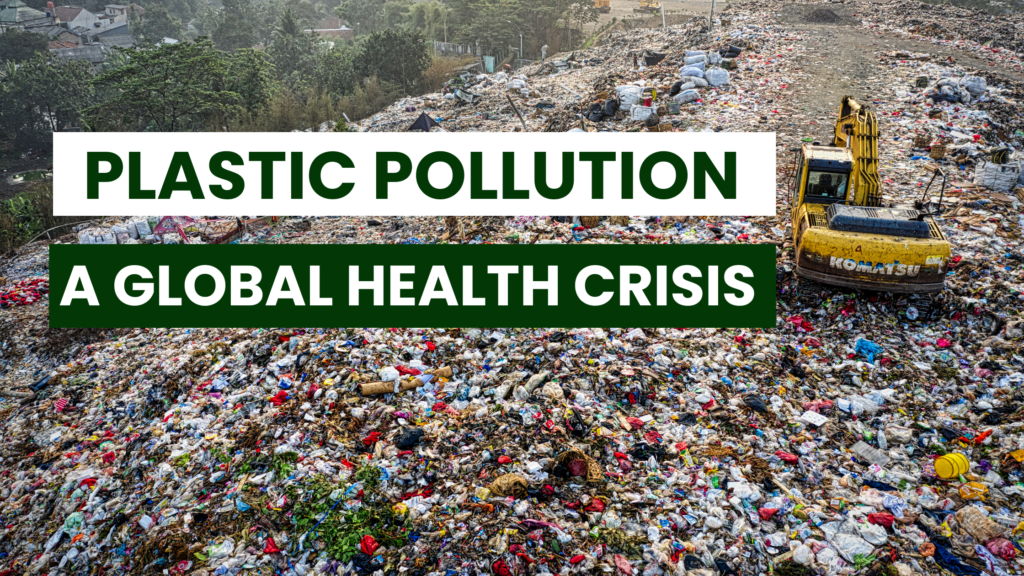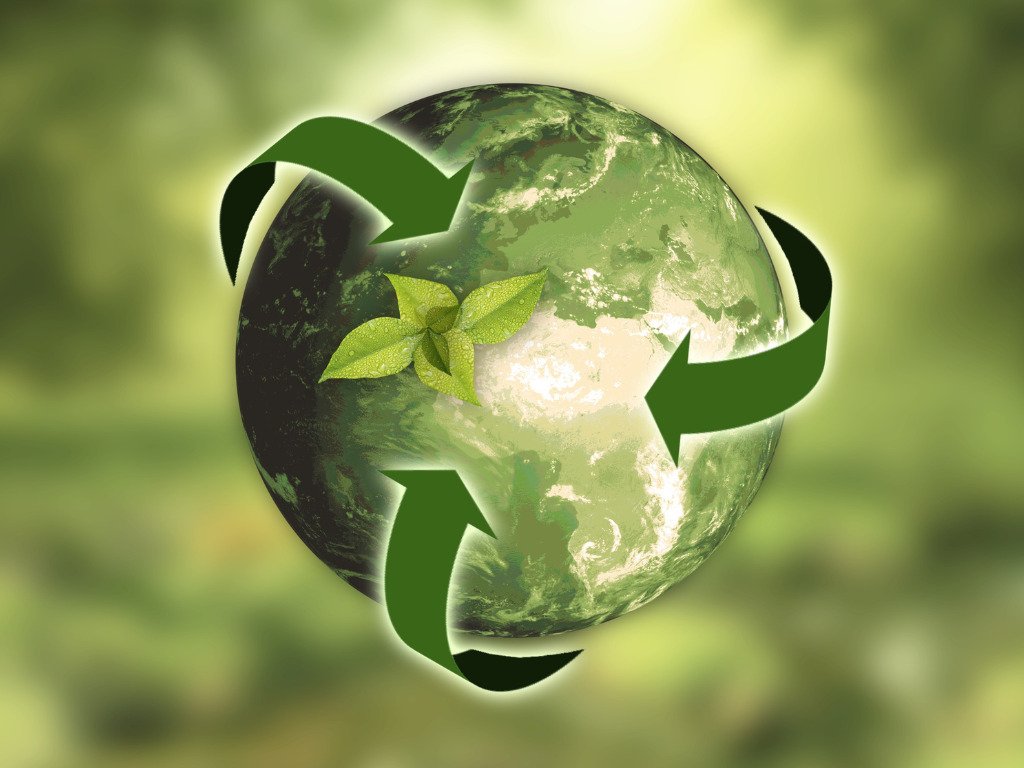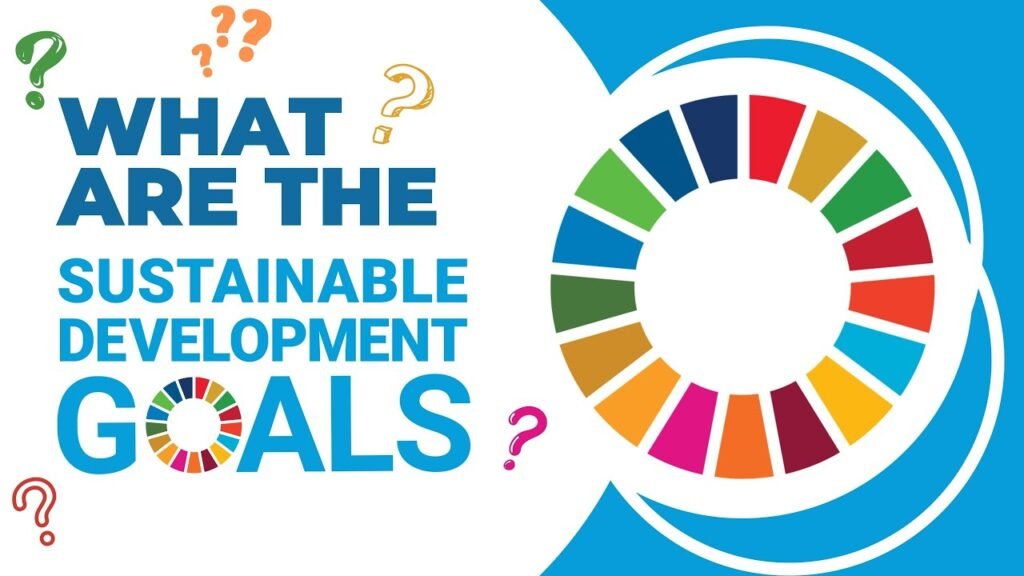From the packaging of our food to the fibers in our clothes, plastic is almost inevitable in the modern life. And so is plastic pollution. It has become a global crisis with over 400 million tons of plastic waste generated annually. What’s worse is, only 9% of this plastic waste is recycled, leaving the rest to pollute our landfills, oceans, and ecosystems.
But we all know about this. We know that plastic is not good for our environment. We know that plastic pollution in the ocean is affecting marine ecosystem. What we don’t realize is plastic has also found its way to our bodies. Studies show that humans consume about 5 grams of microplastics per week—that’s like eating a credit card! In fact, microplastics have been found in our blood and brain.
So, the fact that plastic pollution causes the death of over 100,000 marine animals yearly doesn’t bother you, let me tell you that plastic pollution has surpassed being just an environmental concern. It has escalated into a full-blown health crisis. Or at least it seems so.
Beyond-the-Environment Effects of Plastic Pollution
We may not eat plastic directly. But we’re consuming it through our food. Our oceans bear the brunt of our plastic addiction. Approximately 0.5% of global plastic waste, translating to millions of tons, finds its way into marine environments each year.
This plastic pollution in the ocean manifests in various forms, including large debris and microplastics. Marine creatures ingest these plastics, mistaking them for food. This ingestion causes multiple health conditions, and even death. Alarmingly, studies have found that 92% of microplastics have been detected in 60% of fish species we consume, posing direct health risks to humans, including cancer, infertility, and nervous system damage. On top of it all, many studies have found that microplastics disrupt photosynthesis in crops and marine algae, potentially reducing staple crops by 12%.
While the impacts of plastic on environmental sustainability are evident, the effects o f plastic pollution on human health are equally concerning. Tests have discovered microplastics in human organs, including the liver, kidneys, and even placentas.
Additionally, research indicates that chemicals added to plastics can leach into our bodies, leading to serious health issues. These include endocrine disruption, which can affect hormone activity, reproductive health problems, growth impairments, and cognitive issues. Moreover, microplastics can act as carriers for pathogens, increasing the spread of diseases.
The potential for these particles to cross biological membranes, such as the brain or placenta, raises concerns about neurotoxicity and developmental issues.
How Did We Get Here?
One, of course, is the overuse of plastic because of its convenience. But several factors contribute to form the causes of plastic pollution. For us to address the problem and find a viable solution to it, understanding the plastic pollution causes is crucial.
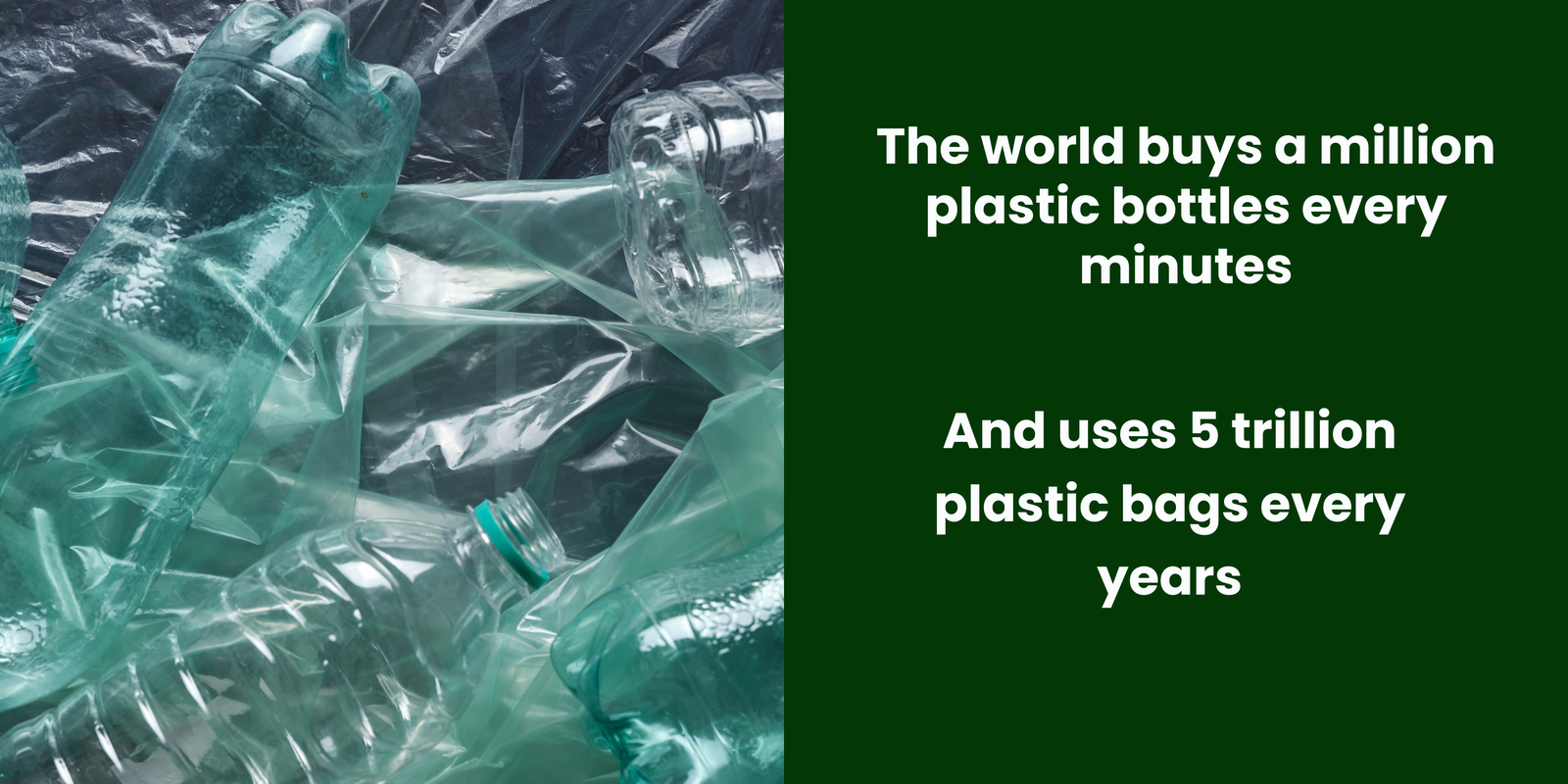
-
Overproduction: The sheer volume of plastic produced annually has overwhelmed global waste management systems. We have produced billions of metric tonnes of plastic since 1950s, with over 50% of it manufactured after 2000. The world uses about 5 trillion plastic bags every year and buys a million of plastic bottle every minute. That’s just two of many plastic products.
-
Poor Waste Management: Many countries lack the infrastructure to handle the vast amounts of plastic waste produced. Shockingly, almost 70% of all plastic waste is produced by just 20 countries, with a significant portion mismanaged and ending up in the environment. Like air pollution, India also produces the highest amount of plastic waste, amounting to over 10 million tonnes a year. And the waste management in the country is crippling.
-
Single-Use Plastics: Items designed for one-time use, such as plastic bags, bottles, and straws, contribute significantly to the waste stream. Their convenience has led to widespread adoption, but their environmental footprint is immense.
-
Low Recycling Rates: Despite efforts to promote recycling, a large portion of plastic waste isn’t recycled. Factors include the complexity of sorting different plastic types and the economic viability of recycling processes.
Is Plastic Pollution a Health Crisis?
Given the evidence, it’s challenging to dismiss plastic pollution as merely an environmental issue. Especially when emerging research continues to shed light on the gravity of the situation. A study by Boston University found that microplastics can contribute to the development of drug-resistant bacteria.
The infiltration of microplastics into human tissues, coupled with the potential health risks they pose, suggests we’re facing a rising health crisis. The pervasive nature of plastic affects ecosystems, wildlife, and human health alike.
Consider this, if microplastics can disrupt hormone activity, cause cancer, and impair cognitive functions, what does the future hold for public health? Are we prepared to tackle the long-term consequences of our plastic consumption?
What Can We Do?
We can all try and avoid using plastic altogether. While this may seem like a far fetched dream, we surely can achieve a plastic-free world with innovative alternatives to plastic and a little effort. Here’s what we can do:
-
Reduce Plastic Use: Consumption is the biggest driver to plastic pollution. If we slowly start phasing out plastic from our lives, we can bring positive changes. We can opt for alternatives to single-use plastics. Simple changes, like using reusable bags, bottles, and containers, can make a significant difference.
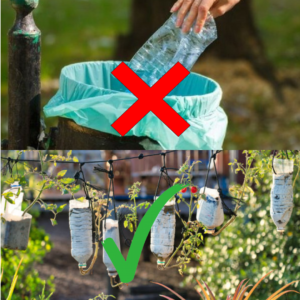
- Expand the Usability: We all have plastic in our houses in some form. Either a shampoo bottle, a yogurt tub, or bags we’ve our food or clothes delivered. Instead of throwing them out, try to recycle. Get creative. Make a planter out of that plastic tub. Or paint that plastic bottle turn it into a beautiful flower vase.
-
Support Policy Changes: We also need the government on our side. Advocate for legislation that limits plastic production and promotes sustainable practices. Notably, over two-thirds of Americans support either banning or placing a fee on single-use plastics.
-
Educate and Raise Awareness: Inform others about the health risks associated with plastic pollution. Knowledge is a powerful tool in driving change. Start by sharing this blog.
-
Participate in Clean-Up Efforts: Engage in community clean-up events to reduce plastic waste in local environments.
A Shared Responsibility
While individual actions are vital, systemic change is what’s going to help us achieve our dream of plastic-free world. Industries must innovate to create sustainable alternatives, and governments need to implement and enforce regulations that curb plastic production and waste.
Because we surely should prioritize our health and the planet over convenience. The evidence is clear, and the stakes are high. It’s time to rethink our relationship with plastic and take decisive action to safeguard our future.
Plastic pollution has transcended environmental boundaries, emerging as a pressing health concern. It’s time we collectively work towards solutions that protect both our planet and our health.
